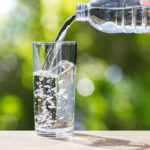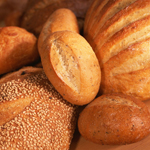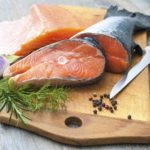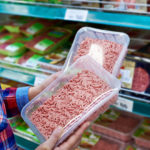How Much Plastic Are You Eating?
Is it true that every week we ingest enough plastic to make a credit card? Where does all that plastic come from? And how does it affect our health?
Andrew Weil, M.D. | August 1, 2019
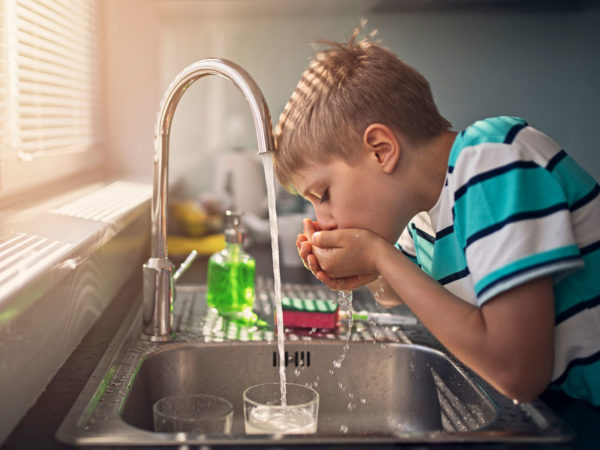
I’ll answer your second question first: we don’t know how the plastic we ingest is affecting our health, although research is ongoing. But there’s no question that we all seem to be unknowingly consuming a surprising amount. The latest on this is a new analysis from Australia’s University of Newcastle. It estimated that we each could be ingesting about 2,000 bits of plastic weekly – enough to make a credit card. Over the course of a year that amount could add up to nearly nine ounces. Most of these microplastics – about 1,769 pieces per week – come from water, both bottled and tap. I’ve reported previously that plastic fibers have been found in tap water in more than a dozen nations throughout the world. In the U.S., 94 percent of samples tested were contaminated.
The Australian investigation determined that twice as much plastic is in U.S. tap water compared to water in Europe or Indonesia. In foods, the greatest amounts are in shellfish. (We eat shellfish whole, including their digestive systems, after they’ve spent their lives in plastic- polluted seas.) Beer drinkers are likely to take in an additional 10 bits of microplastic per week, and we all ingest about 11 bits weekly from salt. To reach these conclusions, the team combined data from more than 50 studies on the ingestion of microplastic by humans.
The investigation also found that indoor air is more heavily polluted by plastic than outdoor air because of limited air circulation indoors. Sources are synthetic textiles and household dust. Avoiding it appears to be impossible – airborne microplastics have been found everywhere, including the top of the Pyrenees mountains in the south of France. At present a third of plastic waste ends up in nature, amounting to 100 million metric tons in 2016. More than 75 percent of all plastic ever produced has become waste; much of this waste is mismanaged (not recycled or contained) and 87 percent of the mismanaged waste pollutes the natural environment.
The Australian report was commissioned by the World Wildlife Federation. Its International Director, General Marco Lambertini, responded to the findings by noting that not only are plastics polluting our oceans and waterways and killing marine life – “It’s in all of us and we can’t escape consuming plastics…If we don’t want plastic in our bodies, we need to stop the millions of tons of plastic that continue leaking into nature every year.”
Andrew Weil, M.D.
Source:
“No Plastic In Nature: Assessing Plastic Ingestion from Nature to People,” The University of Newcastle for the World Wildlife Fund, June 12, 2019 awsassets.panda.org/downloads/plastic_ingestion_press_singles.pdf


